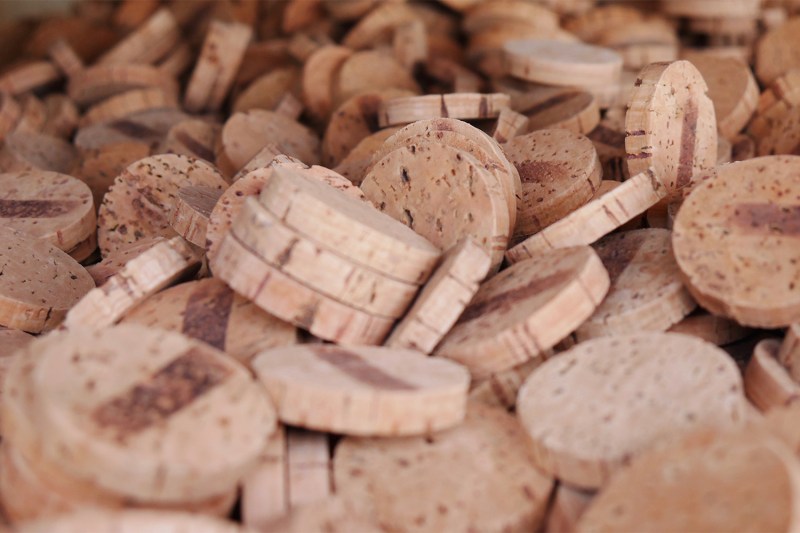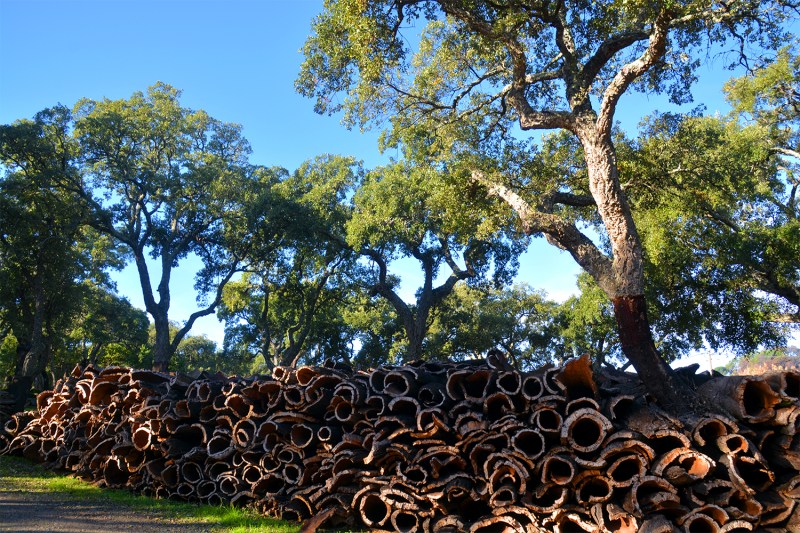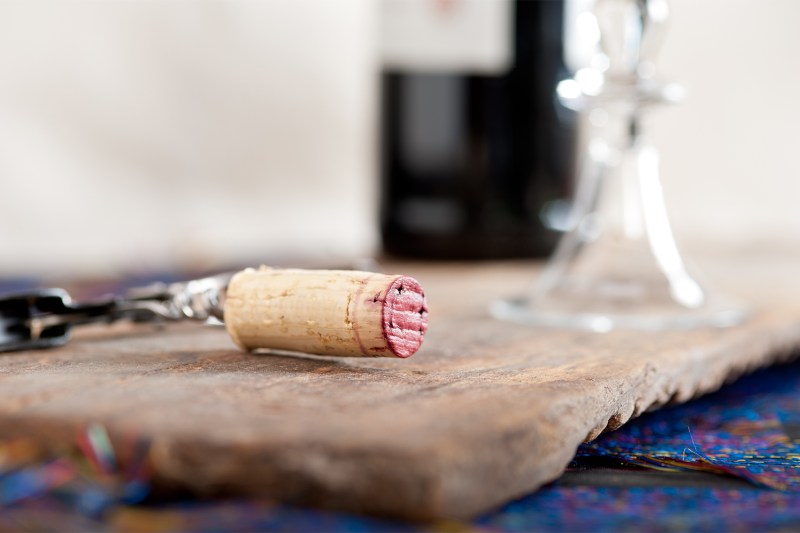
When it comes to origin stories, cork is the king of closures. Screw caps and glass stoppers have nothing on the rubbery, natural product of a very specific, very cool tree.
Grown mostly in the Mediterranean and parts of northern Africa, cork trees look a lot like the countless strands of oak that dot the American landscape. But these beauties are their own thing entirely, harvested about every decade for their in-demand bark, which goes on to seal everything from grower Champagne to extra virgin olive oil.
Portugal is the world’s leading producer, followed fairly closely by Spain. It’s a process that’s thousands of years old and by and large unchanged. It’s done by hand, with the help of a trusty axe and the experienced eyes of some of the highest-paid agricultural workers in the Old World. Workers have to be careful not to damage the more delicate internal layers of the tree or it will stop producing cork.

It’s a warm-weather tradition, generally taking place from late May through August in the warmer nations of Europe. Once harvested, the cork tree shows its earthen-orange center from its base up through its thickest branches. In the end, the trees look a bit like the sunburned legs of a kid after summer camp.
Cork is sustainable, but in the slowest sense of the word. A tree, on average, must be around 20-25 years old before it’s eligible. Additionally, it takes years for the tree to reproduce its corky outer later. Moreover, the trees are threatened by some of nature’s greatest enemies — namely, fires and development. But unlike so many forest products, these trees are not cut down. They are simply peeled; disrobed, if you will.
Why cork in the first place? For wine, it’s coveted for a variety of reasons. Being fairly gummy in texture, it takes to the narrow neck of a bottle very well. Because it’s slightly porous, cork allows a wine to age and mature over time. While screw caps and other closures have improved leaps and bounds over the years, corks have been called up for wine since the 15th century and continue to be preferred by the masses.

Plus, cork is just plain sexy. The wine industry can become more sustainable in a lot of ways (I’m looking at you, glass bottles), but in the meantime, there’s hardly anything more satisfying than popping the cork of a sparkling wine or taking a wine key to an old bottle and pulling out the beautifully-stained, little cylindrical piece of an old, mystical tree.
There are ways to increase the sustainability of this precious material. The folks at Recork are turning your disregarded wine toppers into insulation and soles for shoes. The Cork Forest Conservation Alliance is raising awareness and has teamed up with Whole Foods, among others, to spread the word.
If nothing else, build a collection and turn ‘em into trivets, dartboards or bulletin boards instead of popping them in the trash.


